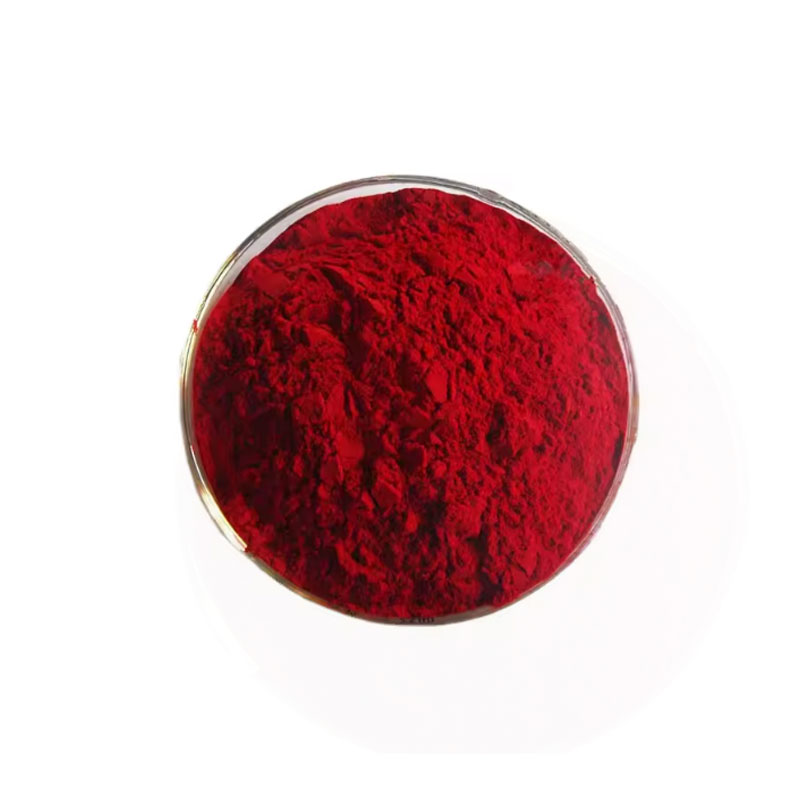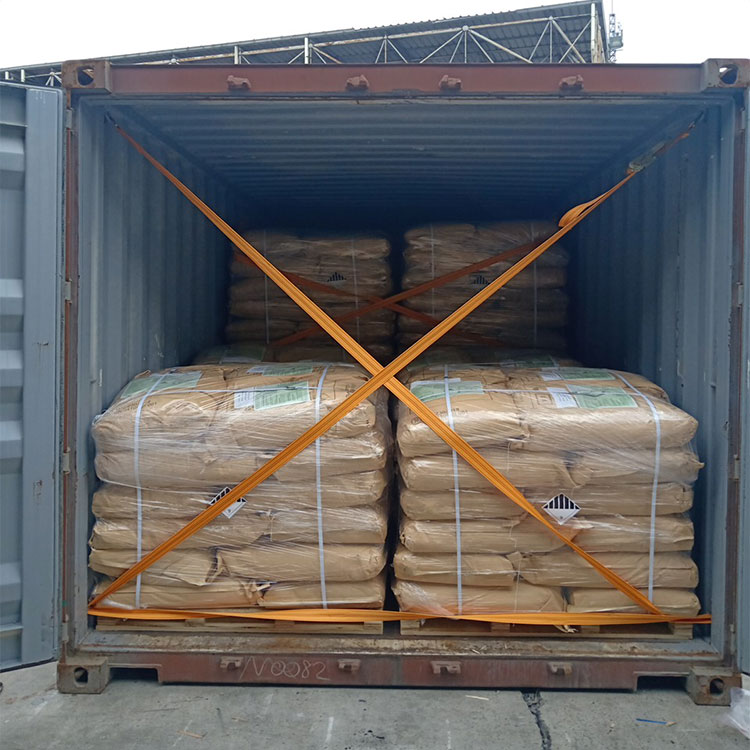Iron oxide CAS#1332-37-2
| Iron oxide Basic information |
| Product Name: | Iron oxide |
| Synonyms: | Iron oxide;AM 125;Ancor FR;Ancor FY;Auvico AX 1000;AX 1000;EP-A 0014382;Iron(III) oxide, magnetic, NanoArc|r |
| CAS: | 1332-37-2 |
| MF: | Fe2O3 |
| MW: | 159.69 |
| EINECS: | 215-570-8 |
| Product Categories: | dyestuff;UVCBs-inorganic;1332-37-2 |
| Mol File: | 1332-37-2.mol |
 |
|
| Iron oxide Chemical Properties |
| density | 2.66 g/cm3 |
| storage temp. | -70°C |
| solubility | Aqueous Acid (Slightly) |
| form | Solid |
| color | Black |
| Dielectric constant | 14.2(0.0℃) |
| EPA Substance Registry System | Iron oxide (1332-37-2) |
| Safety Information |
| RIDADR | UN 1376 4.2/ PGIII |
| HazardClass | 4.2 |
| PackingGroup | III |
| MSDS Information |
| Iron oxide Usage And Synthesis |
| Description | As the mineral hematite, Iron oxide is the main source of iron for the steel industry. Iron oxide is easily attacked by acids. Iron(III) oxide is regularly called rust, and to some extent this label is useful, as rust shares several properties and has a comparable composition. To a chemist, though, rust is thought of as an ill-defined material, described as hydrated ferric oxide. Fe2O3 can be formed in various polymorphs. |
| Uses | Iron Oxide is a trace mineral used as a pigment and colorant. it is used to color pet food. |
| Uses | iron oxide (iron oxide black, red, or yellow) is an inorganic compound frequently used to add color to cosmetics. It may have some slight sun screening ability. Iron oxide can vary in color from red to brown, black to orange or yellow, depending on the purity and amount of water added. |
| Definition | Pigments composed mainly of ferric oxide (Fe2O3). |
| Industrial uses | Iron oxide is the fine red abrasive component of rouge. Like tripoli, rouge is blended with various soft binders into a cake form. It is used to polish high noble metal alloys such as yellow gold alloys. |
| Solubility in organics | Iron(III) oxide is insoluble in water but dissolves readily in strong acid, for example, hydrochloric and sulfuric acids. It likewise dissolves well in solutions of chelating agents such as EDTA and oxalic acid. Heating iron(III) oxides with other metal oxides or carbonates yields materials known as ferrates (ferrate (III)). |









评价
目前还没有评价